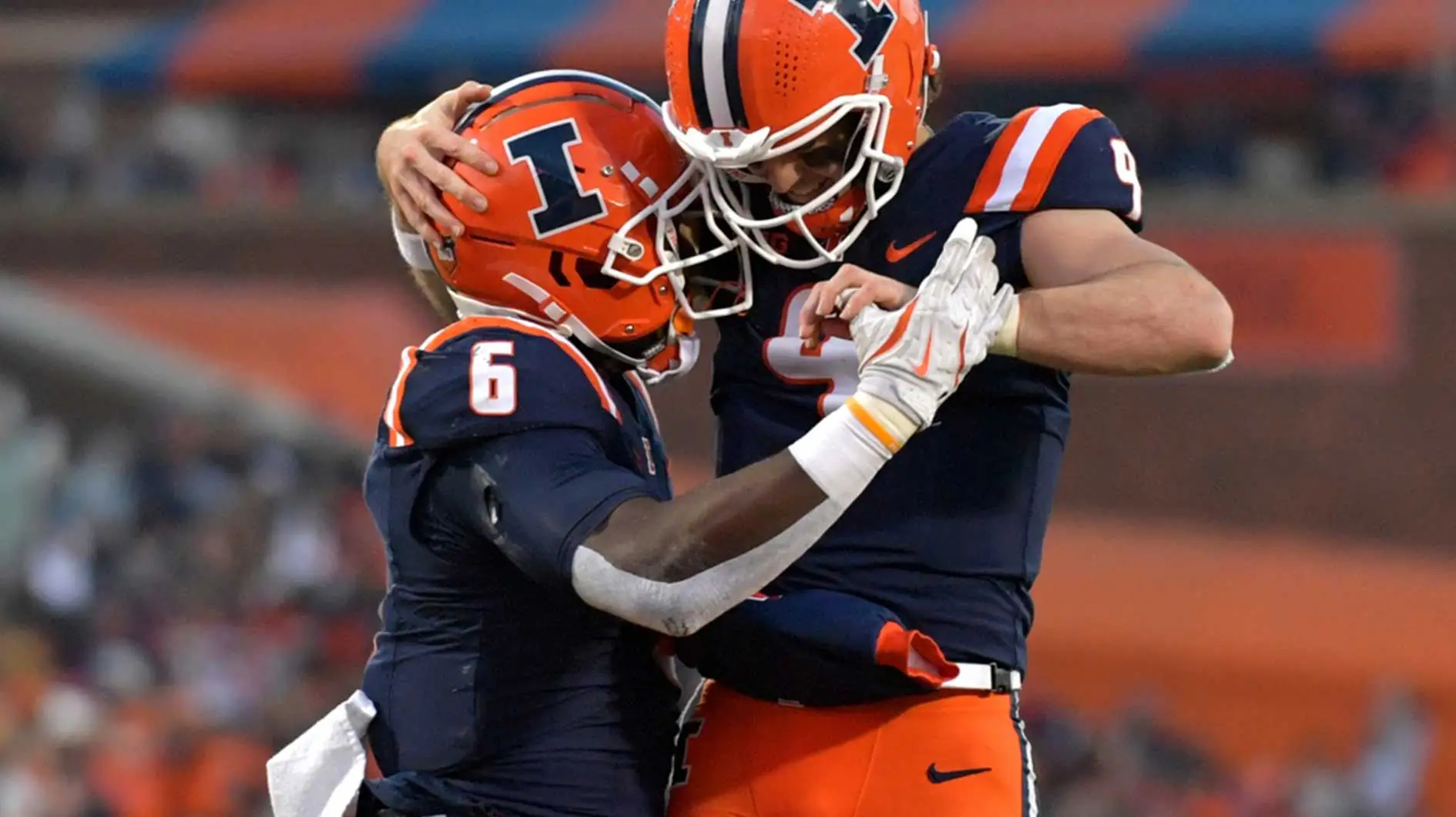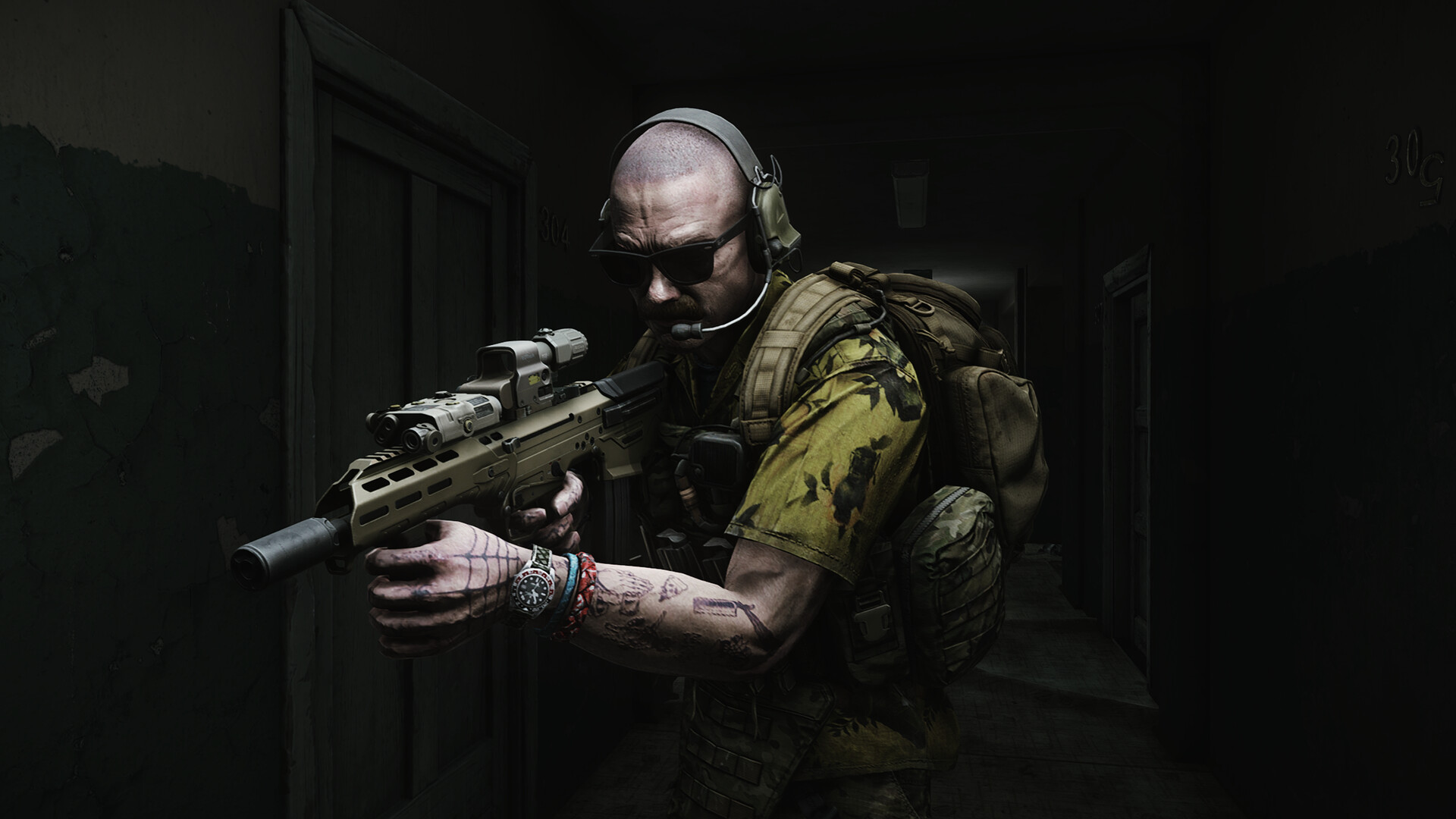
To place an obituary, please include the information from the obituary checklist below in an email to obits@pioneerpress.com. There is no option to place them through our website. Feel free to contact our obituary desk at 651-228-5263 with any questions.
General Information:
Your full name,
Address (City, State, Zip Code),
Phone number,
And an alternate phone number (if any)
Obituary Specification:
Name of Deceased,
Obituary Text,
A photo in a JPEG or PDF file is preferable, TIF and other files are accepted, we will contact you if there are any issues with the photo.
Ad Run dates
There is a discount for running more than one day, but this must be scheduled on the first run date to apply.
If a photo is used, it must be used for both days for the discount to apply, contact us for more information.
Policies:
Verification of Death:
In order to publish obituaries a name and phone number of funeral home/cremation society is required. We must contact the funeral home/cremation society handling the arrangements during their business hours to verify the death. If the body of the deceased has been donated to the University of Minnesota Anatomy Bequest Program, or a similar program, their phone number is required for verification.
Please allow enough time to contact them especially during their limited weekend hours.
A death certificate is also acceptable for this purpose but only one of these two options are necessary.
Guestbook and Outside Websites:
We are not allowed to reference other media sources with a guestbook or an obituary placed elsewhere when placing an obituary in print and online. We may place a website for a funeral home or a family email for contact instead; contact us with any questions regarding this matter.
Obituary Process:
Once your submission is completed, we will fax or email a proof for review prior to publication in the newspaper. This proof includes price and days the notice is scheduled to appear.
Please review the proof carefully. We must be notified of errors or changes before the notice appears in the Pioneer Press based on each day’s deadlines.
After publication, we will not be responsible for errors that may occur after final proofing.
Online:
Changes to an online obituary can be handled through the obituary desk. Call us with further questions.
Payment Procedure:
Pre-payment is required for all obituary notices prior to publication by the deadline specified below in our deadline schedule. Please call 651-228-5263 with your payment information after you have received the proof and approved its contents.
Credit Card: Payment accepted by phone only due to PCI (Payment Card Industry) regulations
EFT: Check by phone. Please provide your routing number and account number.
Cash: Accepted at our FRONT COUNTER Monday – Friday from 8:00AM – 3:30PM
Rates:
The minimum charge is $162 for the first 10 lines.
Every line after the first 10 is $12.20.
If the ad is under 10 lines it will be charged the minimum rate of $162.
On a second run date, the lines are $8.20 per line, starting w/ the first line.
For example: if first run date was 20 lines the cost would be $164.
Each photo published is $125 per day.
For example: 2 photos in the paper on 2 days would be 4 photo charges at $500.
Deadlines:
Please follow deadline times to ensure your obituary is published on the day requested.
Hours
Deadline (no exceptions)
Ad
Photos
MEMORIAM (NON-OBITUARY) REQUEST
Unlike an obituary, Memoriam submissions are remembrances of a loved one who has passed. The rates for a memoriam differ from obituaries.
Please call or email us for more memoriam information
Please call 651-228-5280 for more information.
HOURS: Monday – Friday 8:00AM – 5:00PM (CLOSED WEEKENDS and HOLIDAYS)
Please submit your memoriam ad to memoriams@pioneerpress.com or call 651-228-5280.
Mark Coyle tried to be supportive of P.J. Fleck as they left Berkeley, Calif., after the Gophers’ 27-14 road loss to California last weekend.
The Gophers AD and head football coach discussed details of the game, player injuries, the bye week schedule — with its emphasis on recruiting — and the focus turning to Rutgers for the Big Ten home opener next Saturday.
“It’s boring, to be honest with you,” Coyle said. “I mean, those coaches and players invest so much time and energy into that. I just want to listen, support. That’s my goal. That was a tough loss.”
Coyle might make that part of his job sound mundane, but it’s not as dry as the financial reports and spreadsheets that can dominate his working life. Yet that area is what’s newsworthy after the Gophers athletics department in July forecast a nearly $9 million shortfall for fiscal year 2026.
“I feel like we have daily conversations about our budget and just trying to be fiscally responsible,” Coyle told the Pioneer Press. “We’re having success fundraising, which is a big part of this, and we’re so grateful for our fans. So again, we’ll continue to chip away at that $8.75 million deficit. I feel like we’ll be in a good spot at the end of the year.”
With the addition of a $20.5 million expense to share revenue with players via the House vs. NCAA settlement, some other programs are believed to be in bigger financial holes than the Gophers, who pride themselves on balanced budgets most years.
Here are six takeaways from a Q&A with Coyle:
Fundraising uptick?
Just over 50% of the Gophers’ total athletic revenue (budgeted for $165 million this fiscal year) comes from the Big Ten and NCAA, primarily in shares of media rights contracts, followed by 12% in ticket sales and 11% via fundraising.
Coyle didn’t share specifics on what the the fundraising increase might be, but said: “Our donors continue to be very receptive and have been very supportive.”
Naming rights for Williams Arena
Last spring, the Gophers started to explore a naming-rights deal for Williams Arena, and that effort has been progressing.
“Hopefully, as we move forward, we’ll be able to close something here in the near future to, again, create a new revenue stream for the athletics program that we desperately need,” Coyle said.
For perspective, the naming rights deal 3M entered into the U for the men’s hockey arena in 2017 was worth $11.2 million over a 14-year deal.
“We’ve had specific conversations with a few different folks a few weeks ago, and those conversations went well,” Coyle said. “We continue to have those conversations. I’m not sure exact timing, but if we got something to the end during the season, I think you could see a change happen rather quickly.”
The men’s and women’s basketball teams will start playing games at The Barn beginning in October.
Private equity in college sports
There is plenty of recent buzz in college sports about private equity firms potentially making deals with conferences and programs. These contracts are looked to as avenues to provide cash infusions to help with revenue shortfalls on campuses.
But Coyle has not yet taken those meetings on behalf of the U.
“I think the key right now is just to make sure we gather the information,” Coyle said. “We don’t make a quick decision because, again, when they get involved, you’re giving something up. They’re for-profit. They want to make money, right? I think you have to be very cautious and mindful when you make those decisions.”
Implementing revenue sharing
The Gophers and other athletic departments have been sharing $20.5 million of revenue directly to student-athletes since July. Of that pie, approximately 75% is going to the football program, 15% to men’s basketball and the remaining 10% split between women’s basketball, volleyball and men’s hockey. A few scholarships to other U programs are also included in the total.
“I think the payment to student athletes has gone very well,” Coyle said. “We haven’t heard any feedback from student athletes saying, ‘Hey, this didn’t work.’ ”
That revenue sharing amount is expected to increase 4% (or $800,000) next year to approximately $21.3 million, Coyle confirmed.
Data to understand revenue sharing
With the introduction of revenue sharing only a few months old, the Gophers and competitors don’t know what the overall marketplace is spending on certain players. That is expected to change via the system the conference uses.
“As we get to next spring, we’ll start to see, and have access to, ‘What does a quarterback in the Big Ten make? What does a women’s basketball forward, make?’ ” Coyle said. “We’ll see some of that data, which will start to help us better understand and also educate the student-athletes.”
More expansion
Budget forecasts for the 2027 fiscal year include an expected uptick in revenue from the College Football Playoff, money that goes to the Big Ten and then its members. The CFP field is expected to grow from its current structure of 12 teams to possibly 16 next year.
Coyle also expects the Big Ten to expand at some point. The conference grew from 14 members to 18 in 2024, with the addition of Southern Cal, UCLA, Oregon and Washington.
“Our friends at Oregon and Washington wanted so badly to be in the Big Ten that they’re getting half the media revenue. I mean, think about that,” Coyle said. “I think Minnesota is very well positioned. We are a charter member of the Big Ten.
“Whether it’s two days or two years, I do think there is going to be continued fluctuation because we are in this House settlement era for two months now. I can tell you peers in the Big Ten are trying to find revenue, right? What are peers and other conferences trying to do right now? We have the best media deals in the country, so there’s going to be movement.”



